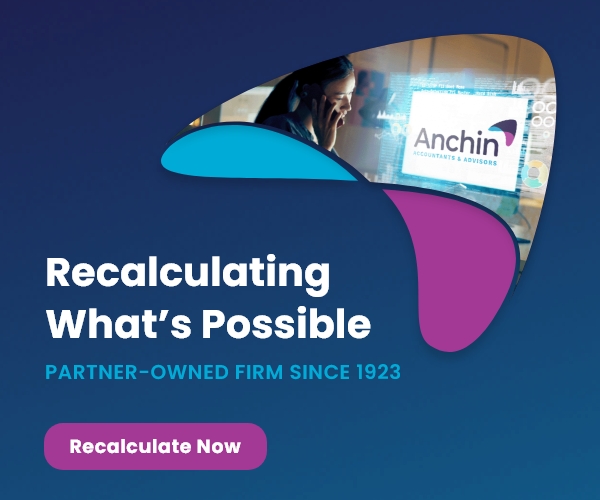Understanding the financial nuances in the non-profit sector can be complex, especially for small and mid-sized organizations that may not have dedicated financial staff. Below are key aspects and common misconceptions to help guide non-profit leaders as they navigate tax laws and trends.
Financial Challenges for Smaller Non-Profits
- Complex Terminology
Non-profit accounting is among the most intricate financial areas. Terms like “auto revocation,” “reinstatement,” “right to solicit donations,” and “corporate status” often confuse new leaders.- Auto revocation refers to the IRS revoking a non-profit’s federal tax exemption.
- Reinstatement is the process of restoring that exemption after it’s been revoked.
- The right to solicit donations is granted by the state, and corporate status must be established before seeking tax-exempt status.
- 501(c)(3) refers to the section of the Internal Revenue Code that defines tax-exempt organizations.
- Awareness of Non-Profit Law
Many small non-profits face issues due to a lack of understanding of non-profit law. For example, a volunteer Executive Director or an overworked Treasurer can inadvertently cause issues leading to the loss of federal tax-exempt status. It’s crucial to stay informed about the rules governing non-profits, including filing requirements and state regulations. - Prioritizing Issues Properly
Non-profit leaders often face decisions about what issues require immediate attention. For example, concerns about auto revocation due to failure to file IRS tax forms might be overblown, as a non-profit must miss three consecutive years of filings before revocation happens. - Understanding the Importance of 501(c)(3) Status
Having 501(c)(3) status is vital not just for tax advantages but also for relationships with donors and businesses. Organizations with this designation can access various donor-advised funds and rewards programs, like Staples, and may receive discounts from for-profit entities, such as Amazon.
Common Non-Profit Myths
- The Federal Tax-Exempt Status Lasts Forever
This myth held true until around 2004. Now, non-profits must file tax forms to maintain their tax-exempt status. Failure to file for three consecutive years results in automatic revocation, according to the Internal Revenue Code. - Non-Profits Can’t Engage in Politics
While it’s true that non-profits cannot endorse political candidates or spend significant portions of their budget on political advertising, they can express opinions on issues. Non-profits are allowed limited political speech, as established in a famous Maine case.
Amusing Historical Tidbit
The “Sports Club” Rule
Did you know that the IRS originally created a tax-exempt category for fostering national and international amateur sports competition to counter the U.S.’s declining Olympic performance during the Cold War? Yet, these “sports clubs” can’t even own a gym!! They can raise funds and maintain a gym, but membership fees cannot directly benefit the organization’s owners.
Key Trends to Watch in 2025
- Increased Partisanship
Political involvement among non-profits may grow, particularly with recent legislation that allows for more political speech among religious non-profits. Non-profits should be cautious, as political endorsements can erode trust and reduce donations. - End of Pandemic-era Funding
Reliance on COVID-era funding is officially over. Many non-profits, especially non-educational ones, have depleted resources like SBA loans, Paycheck Protection Program funds, and state credits. Federal support for educational non-profits is also winding down. To ensure sustainability, diversifying funding sources is crucial to avoid overdependence on federal aid. - Impact of Secure 2.0
While Secure 2.0 could have a significant impact, it’s premature to assume its favorable provisions will solve non-profits’ financial struggles. Among its provisions, Secure 2.0 eliminates Required Minimum Distributions (RMDs) for older Americans donating through retirement IRAs and encourages the creation of various charitable annuities, offering higher annual contribution limits and exclusions from gross income. These changes provide non-profits with opportunities to enhance their appeal to potential donors. - Professionalization of Boards
Nonprofit Boards will add Members who have fluency in financial statements and strategic planning. This could be a threat to an entity’s existence if community members feel pushed out, leading to reductions in donations, declines in membership, and a possible loss of mission focus.
Conclusion
In conclusion, the financial landscape for non-profits, especially small and mid-sized organizations, is becoming increasingly complex. As we move into 2025, it’s crucial for non-profit leaders to stay informed about evolving tax laws, funding changes, and emerging trends. Understanding key concepts, dispelling common myths, and preparing for shifts in funding can help mitigate risks and capitalize on opportunities. By being proactive and knowledgeable, non-profit leaders can better navigate the challenges ahead, ensuring their organizations remain sustainable and continue to make a meaningful impact in their communities






















